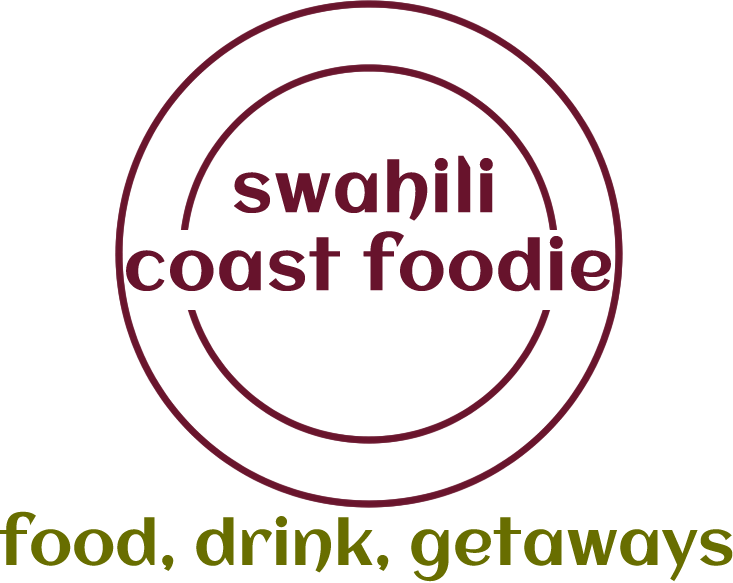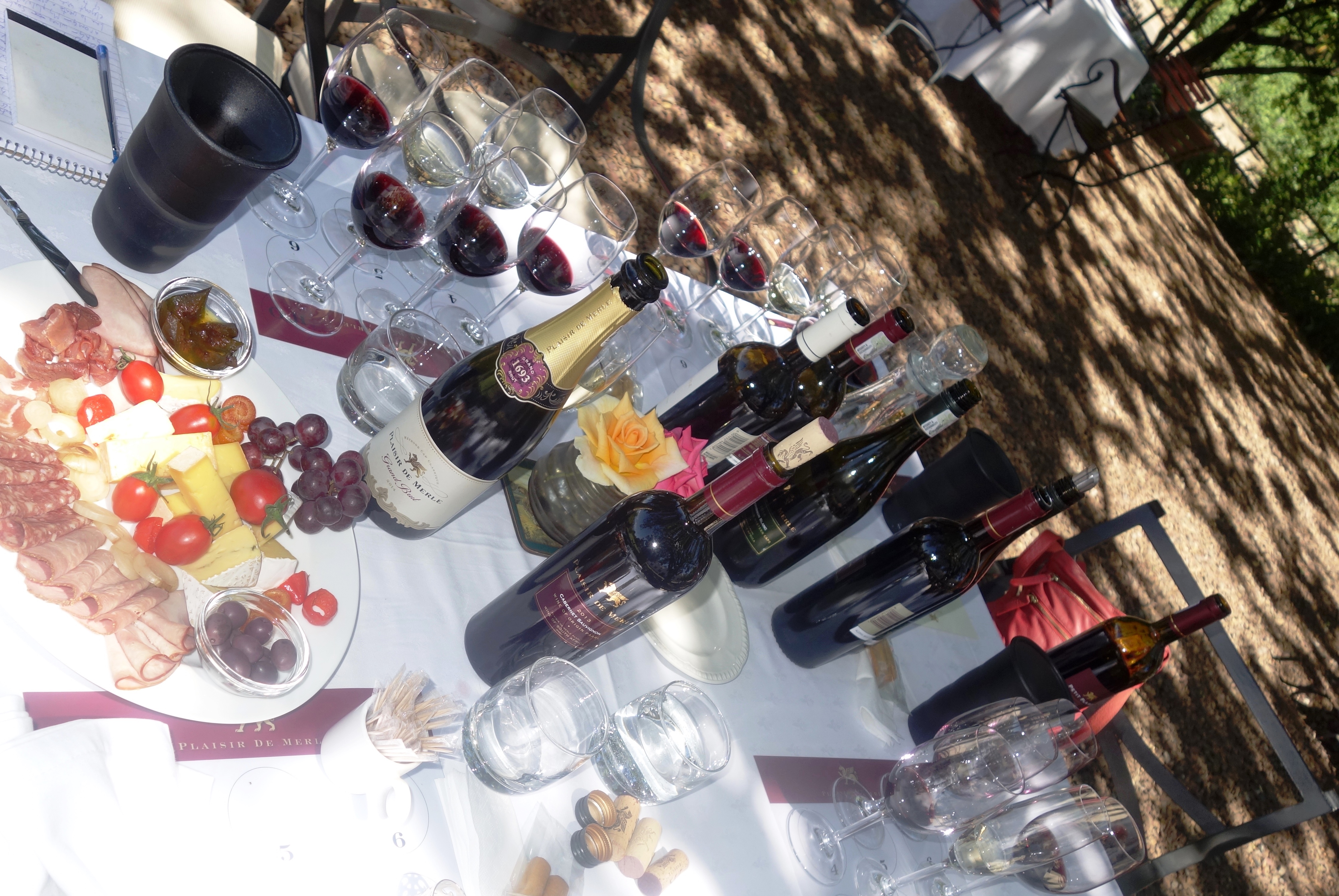 Cape Town Series: One of the highlights of my visit to the Cape Winelands was a visit to one of the most incredibly picturesque and renowned estates of this remarkable wine country. The great Plaisir de Merle vineyards, that wrap majestically around the dramatic Simonsberg Mountain, can trace its origins to the late 17th century.
Cape Town Series: One of the highlights of my visit to the Cape Winelands was a visit to one of the most incredibly picturesque and renowned estates of this remarkable wine country. The great Plaisir de Merle vineyards, that wrap majestically around the dramatic Simonsberg Mountain, can trace its origins to the late 17th century.
A brass plaque in the cellar of the pristine estate explains that on 1 December 1693 in the Castle of Good Hope, Governor Simon van der Stel signed a grant for Charles Marais to establish the French Huguenot farm of Le Plessis Marly. Despite the first estate owner being killed just a year after arriving, the family continued to work the land until 1964. Today it is known as Plaisir de Merle. Some 400 ha of the 1000 ha estate (which has a mix of granite soils) now has vines with around 80 ha being allocated for the production of Plaisir de Merle wines. The vines were originally planted for the Nederburg range so Plaisir de Merle is essentially a smaller vineyard within a bigger wine estate.
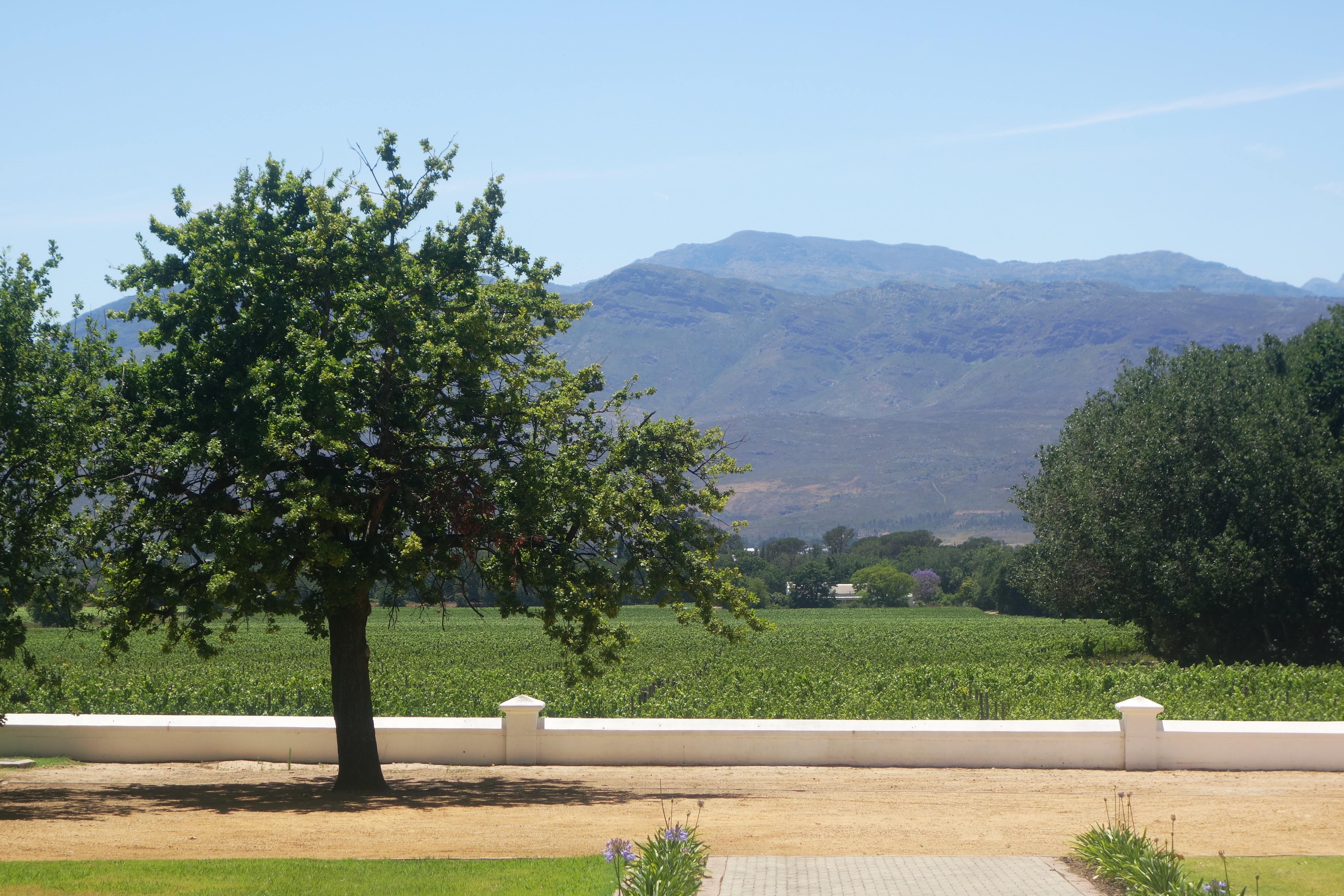
The cellar, built in 1992, is a relatively recent addition to the estate that runs under the expert hands of Niel Bester since 1993. He adopts a ‘light’ touch in relation to bringing out the natural flavour of the grapes. In terms of his mastery of blending, Niel says: “Wine selection is critical. Blending is an opportunity to be creative and produce something better with the wines from the estate. It is exciting!”
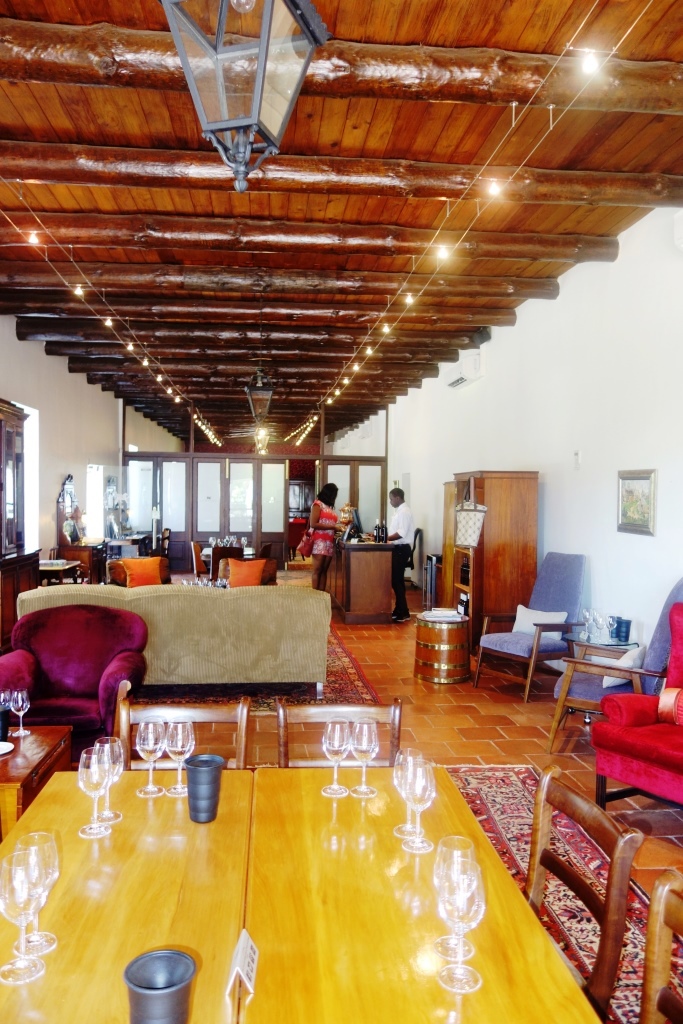
Niel explained how the wine-making process starts just a short walk from the beautiful tasting site in the welcome shade of some trees close to the most grand old barn that traces its history back to the 1800s. As the tasting commences (with a table heaving with fabulous local cheese and cured meat), Niel explains that during harvest time the grapes are offloaded at the entrance to the wine-making facilities after being picked by hand. They go into a mechanical sorting table to remove under-developed or over-ripe grapes. Next berries are removed from stems (which are used for fertiliser). Berries are crushed into a mash and they are pumped into the cellar through a cooling unit. Up to 70 tons of harvested grapes can be processed per day. You can read about the rest of the process in my post on The Art of Winemaking at Plaisir de Merle. The results from the vineyard’s dedicated team is a dazzling choice of ten wines and Niel’s favourite: the Grand Brut sparkling. Here’s a little of what he had to say about some of his most elegant creations:
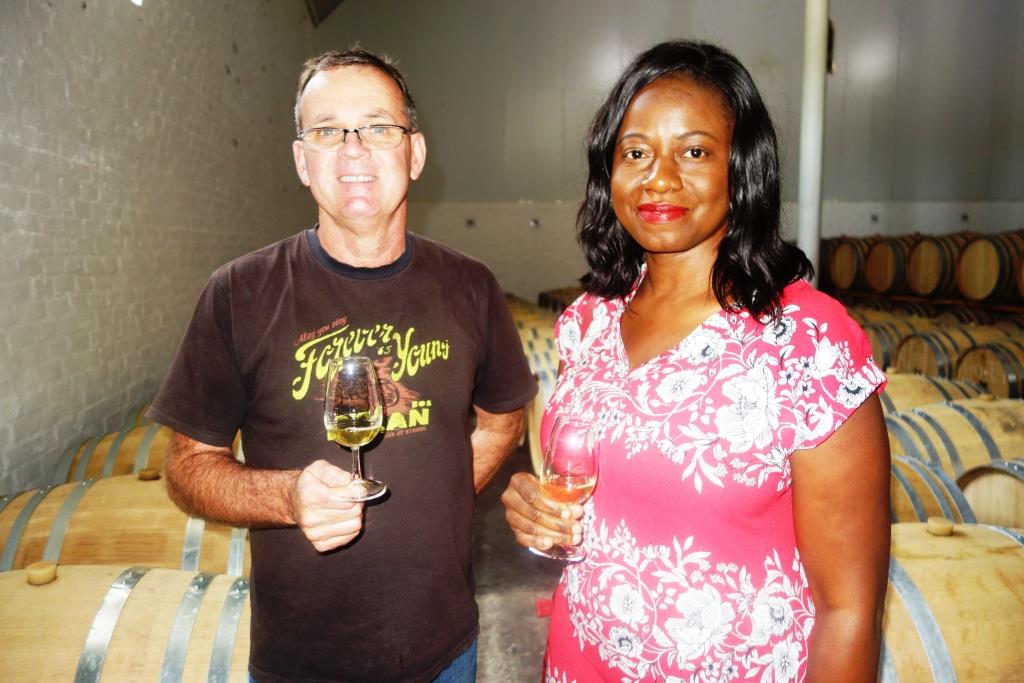
Plaisir de Merle Chardonnay
“We try to achieve a balance between an oaky Chardonnay and the freshness of our version. It has a slight aroma of dried fruit and vanilla. The wine can be made in many combinations. This version has a subtle oak flavour.”
Petit Plaisir Shiraz Cabernet Franc Cabernet Sauvignon
“The attractiveness of this wine comes from its full-bodied character, nice tannin and oak ageing. We have been making this since 2010. It is a really well-crafted wine offering fantastic value.”
Plaisir de Merle Merlot
“We are always running out of stock of this fresh, floral wine! It is an easy-drinking offering made with great quality grapes.”
Plaisir de Merle Cabernet Sauvignon
“It has the aroma of dark fruits. The fruity sweetness flavour of this well-structured wine is accompanied by a velvet smoothness.”
Plaisir de Merle Grand Brut
“This originated as a blend to represent our finest grapes. It changes annually to reflect the best wines produced in the cellar for a particular year. Up to six grape varietals are used to make a limited batch of some 15 barrels. My philosophy is not to create a powerful wine but one that is elegant and can be enjoyed several years after it is made.”
You can read more about these wines at www.plaisirdemerle.co.za
